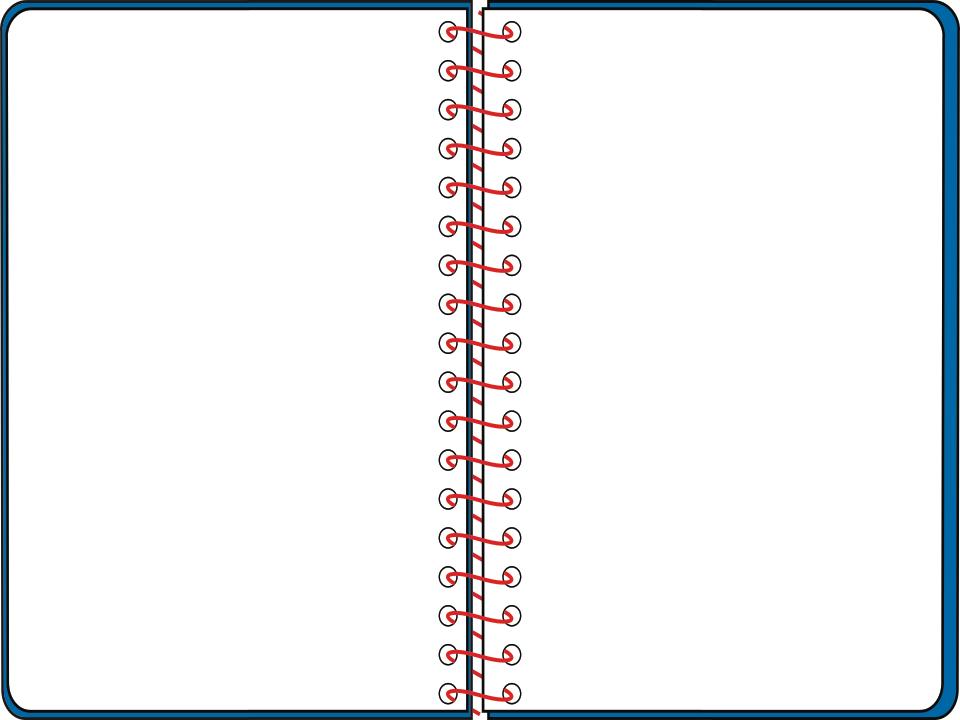 |
||
Next > | Brochure | ‘Rithmetic in Residence | Page1 | Pages 2-3 | Pages 4-5 | Pages 6-7 | Pages 8-9 | Page 10 | < Back | HOME |
||
Circles to measure, bugs to categorize, leaves to collect, and swings to play on abound outside most schools. A fairly common tree that looks like a maple tree (Gyrocarpus Americanus) even makes propeller-like seeds that spin as they fall that can be used for Helicopter Drop. If no such tree is nearby, use the that was used at Arithmetic in Residence.
Students can count car wheels in the school parking lot, wave at cars and trucks that pass by the school, build a fort in the classroom out of cardboard boxes, and follow treasure maps in the schoolyard. They can make figure-4 traps like the ones made at Arithmetic in Residence™ just to see how they work or to set them for some marauding animal (even though no rabbit or other animal in the vicinity of Arithmetic in Residence™ was ever silly enough to set off any of the traps).
If you were a kid, which do you think you would rather do? Learn about percents “because you’ll need to know about them when you grow up” or learn about them so you can go outside and wave at people in cars and trucks and use the concise, precise language of math to describe the response of the people?
As Goodlad (Kohn, 1980) put it:
“The school is not a factory. There’s nothing about it that is a factory. It’s a social system. It’s an ecosystem. If it doesn’t function very well as a social system, it’s primarily because we pretend it is something else.”
Arithmetic in Residence™ immersed children and instructors in a social system from day break to lights out. It is one thing to teach children; it is another to do so and then tuck them into bed at night! Can schools replicate this? Not literally, but they can examine the barriers that segregate children, teachers, and administrators and think of ways to lower them.
A poignant indicator of what was achieved at Arithmetic in Residence™ is apparent in a :
“Dear Mr. Shoekruft and mr Saeger I liked camp it was fun I hope you have it nekes year becase it was fun Love Richard”
Richard did, in fact, return the next summer.
In meeting the objective of extending one’s perception of math to include a viewpoint and a way of thinking, the following was noted: While packing to return home a boy discovered a 6-inch centipede in the pile of clothing in his room! Wanting to show it to his mother, he put it in a jar. In showing it to Paul, Paul asked him how many legs it had. After counting—and counting and counting—he said, “83.” Paul’s response was to just look at him. The boy then said, “No, it ought to be an even number.” Considering the boy’s math awareness when he first got to Arithmetic in Residence™, such perception was noteworthy.
Evaluation
In providing a model curriculum, Arithmetic in Residence™ needs to be viewed cautiously because of its high teacher-to-student ratio and the magic of its ambience. Still, there are lessons to be learned from the program that can be applied to schools everywhere:
• A linear approach to curriculum design is unnecessary—that Task A need not necessarily be mastered before Task B can be attempted and so on. At Arithmetic in Residence™, basics, concepts, and applications were taught concurrently, and the instructors found that it was easy and motivational to do—motivational for them as well as the campers.
• Curriculum should not be founded on a single good idea like behavioral objectives, computer assisted instruction, or someone’s “3- or 5-step lesson plan.” It should be based on a blend of good ideas where theory is sensibly matched to objectives.
• Meeting children on their terms instead of those of a fixed curriculum is efficient and effective. At Arithmetic in Residence™, basics was individualized with diagnostic-prescriptive materials, and concepts and applications took every child into account by making the activities (1) easy and (2) interesting—easy enough to where the least able could participate in them in an intellectually honest way and interesting enough to where the most able wanted to participate in them. Can schools replicate this? Yes. Certainly the philosophy can be replicated, but even most of the lessons for concepts and applications at Arithmetic in Residence™ are easily modified for school use.